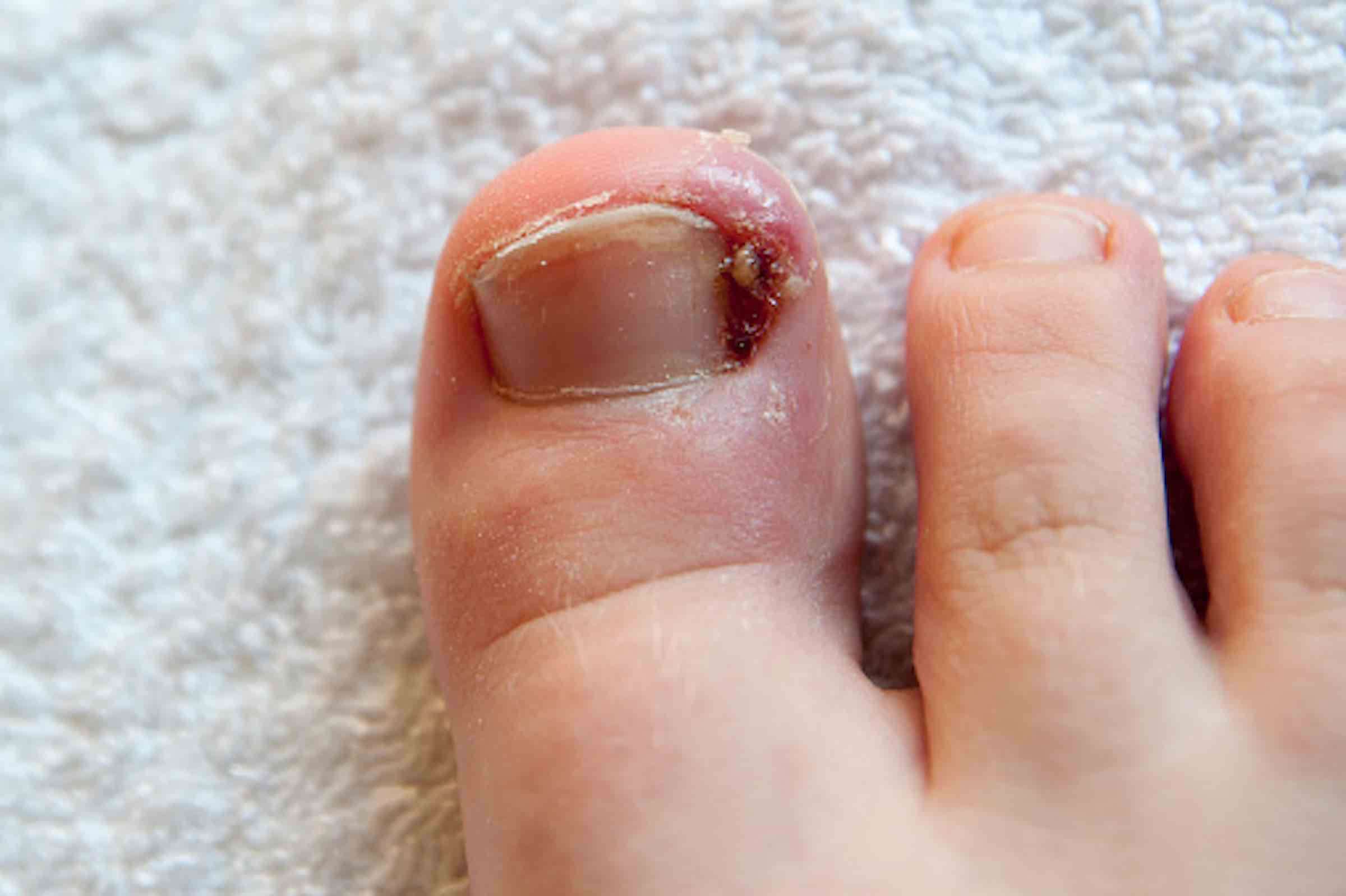Pain along the side of your toe might be more than a passing irritation. An ingrown toenail develops when the edge of the nail grows into the surrounding skin, leading to redness, swelling, and tenderness. Recognizing the early signs of an ingrown toenail allows for simple treatment that may prevent infection or long-term discomfort.
While common, an ingrown toenail should not be ignored. If caught early, symptoms typically respond to basic home care and proper foot hygiene. Left untreated, the condition may lead to swelling, drainage, and difficulty walking. Understanding what to watch for helps you respond quickly and avoid further complications.
Early Signs Suggest the Nail Is Pressing Into Skin
The first symptoms usually involve soreness at the edge of the nail. You might notice redness and tenderness where the nail begins to curve inward. Some individuals describe a feeling of pressure when wearing shoes or pressing on the toe.
As the skin becomes irritated, swelling may follow. This response indicates that the nail is pressing into the soft tissue. A small amount of clear fluid may appear if the area becomes inflamed. At this stage, the condition may be reversed with proper care.
Without intervention, the surrounding skin can become warm or show signs of infection. This progression increases the chance of more serious problems, especially for individuals with diabetes or reduced circulation.
Early Factors Contribute to the Condition
The way a toenail is trimmed plays a major role. Cutting the edges too short or at an angle encourages the nail to grow into the skin. Wearing tight shoes or socks may increase pressure on the toes and push the nail inward.
Some people have naturally curved nails, making them more prone to this condition. Repeated trauma to the toe—such as from running or kicking—may also trigger changes in nail growth. Understanding these causes helps prevent the problem from returning after treatment.
When a toe has been injured or if there is a history of similar issues, it is especially key to monitor nail growth regularly.
Early Treatment Focuses on Reducing Pressure
Once the signs of an ingrown toenail appear, early care may help resolve symptoms before they worsen. Soaking the foot in warm water can reduce tenderness and soften the skin. After soaking, gently drying the area and keeping it clean limits further irritation.
If the nail edge is pressing into the skin, lifting it slightly with a small piece of clean cotton may reduce discomfort. This should be done with care to avoid breaking the skin. Applying a mild antiseptic around the area helps lower the risk of infection.
Footwear also makes a difference. Shoes that allow extra space around the toes may reduce pain while walking. If home care does not improve symptoms within a few days, it’s best to seek medical evaluation. Sometimes the condition does not respond to home care. Signs such as pus, spreading redness, or increased warmth may suggest infection. A podiatrist can remove part of the nail or recommend other treatment to help the area heal.
In cases where the problem returns frequently, a more lasting solution may be needed. A podiatrist may suggest a procedure to remove part of the nail root, reducing the chance of recurrence. These treatments typically take place in an outpatient setting and do not require long recovery periods.
Consistent Nail Care Can Prevent Ingrown Toenails
To reduce the risk of future problems, keep nails trimmed straight across without cutting them too short. Use clean tools and avoid rounding the edges. Choose footwear that supports your foot shape without pressing on the toes.
Monitoring nail growth and addressing changes early helps prevent discomfort from returning. Routine care, good hygiene, and the right shoes support foot health at every stage of life.









Leave a Reply